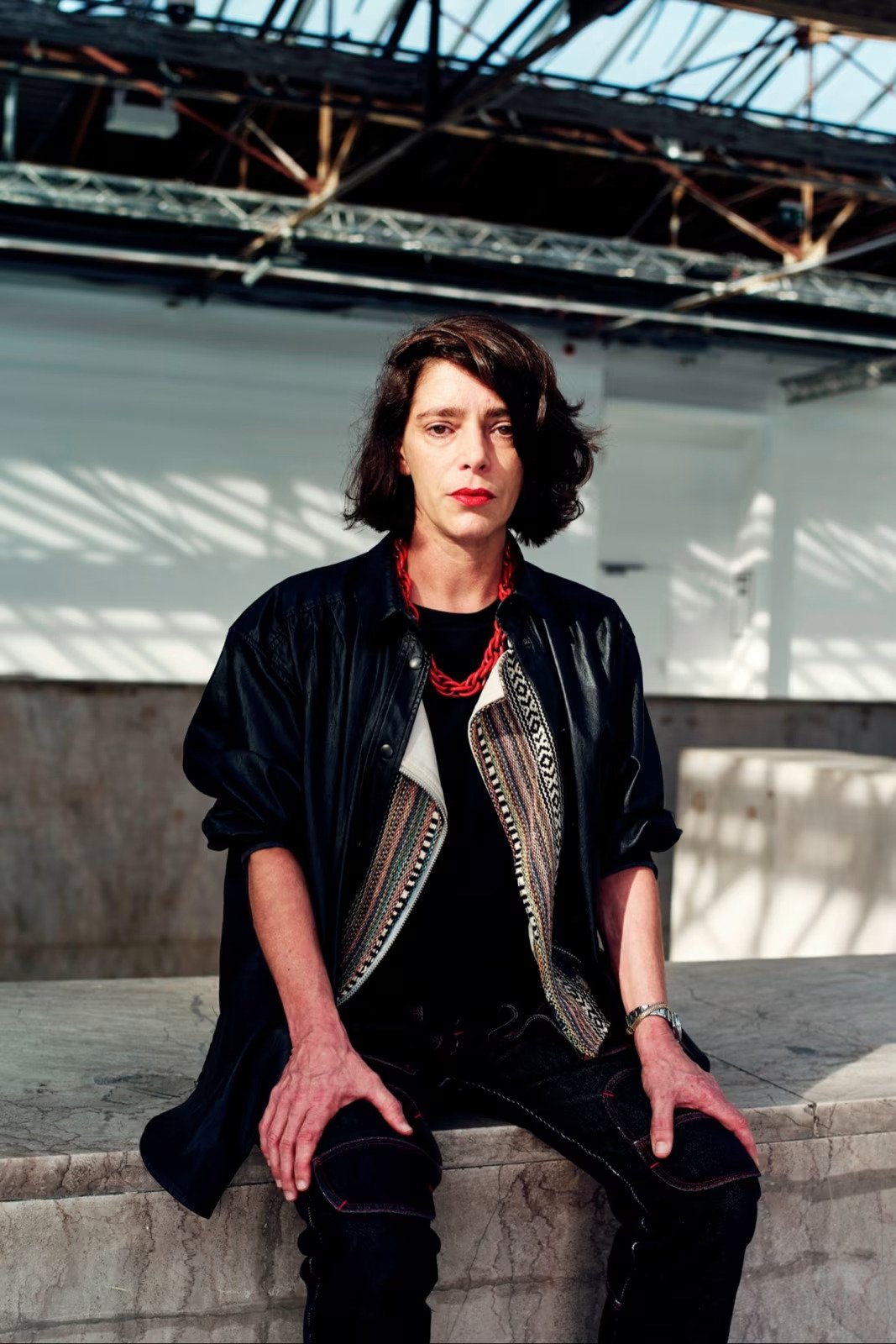Ali Cherri Challenges the Western Gaze
The artist’s sculptural installations and films sit at the heart of a debate about Eurocentrism in the arts
Dressed in loosely fitting black clothes and a denim jacket, Paris-based Lebanese artist Ali Cherri glides through the Oriental Antiquity galleries of the Louvre like a dancer engaged in a complex choreography with the throngs of museum visitors around him. We stop before a relief panel depicting the Tree of Life taken from the Palace of King Sargon II at Dur-Sharrukin (c.713–706 BCE). Cherri has been studying this panel for several months in preparation for his forthcoming exhibition at the Giacometti Foundation, Paris, in January. The artist pulls out his phone to show me the progress being made on a 3D interpretation that will be the centrepiece of his show. ‘It is the first time that I will be working in bronze,’ he explains excitedly, swiping past images of the scale plaster model and screenshots of conversations with his chief studio assistant, Valentin Rolovic. Rolovic oversees five other assistants, some of whom I recently observed at the artist’s Paris studio constructing semi-transparent cactus leaves out of resin and massive heads out of styrofoam and fibreglass for ‘Dreamless Night’, an exhibition at Bergamo’s Galleria d’Arte Moderna e Contemporanea, which opened in early October.
Ali Cherri’s studio; photograph: Boris Camaca
As we wander the galleries, Cherri demonstrates his capacious knowledge of both Middle Eastern archaeological history and its entwinement in the contemporary geopolitics of the region. Pointing out a pair of vitrines filled with limestone busts from the ancient city of Palmyra, in present-day Syria, he explains: ‘When the Syrian Civil War broke out in 2011, these busts flooded the marketplace, but 90 percent of them were fake.’ The fickle line between ‘legal’ and ‘illegal’ antiquities is a source of great fascination for Cherri, who scours auction houses for objects of dubious quality, authenticity and provenance. ‘I am very interested in the invisible criteria that allow some objects to be collected and preserved in museums whilst others are traded in the private sector,’ the artist tells me as we observe a pair of sarcophagi (stone coffins adorned with relief sculptures) from present-day Lebanon. ‘I like to buy antiquities at auction and then integrate them into my work,’ he says. ‘It’s my way of sneaking the excluded object back into the museum.’




